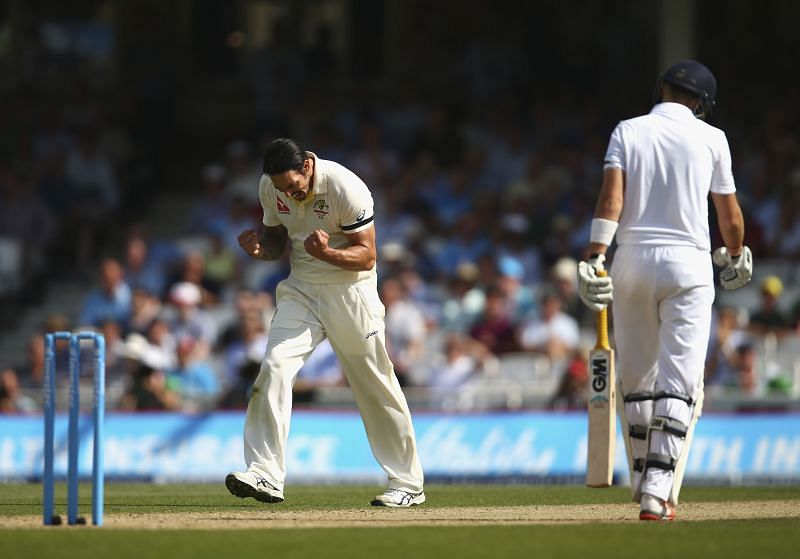
Meet the best Australian Test XI from 1990 to 2020
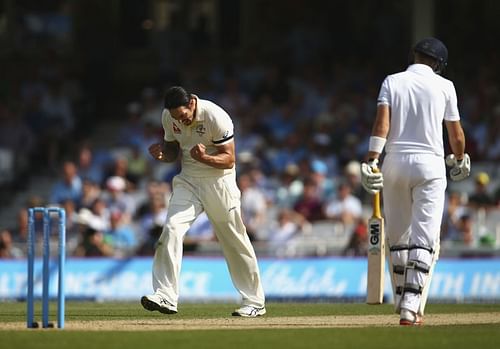
Continuing our series of picking the best Test XIs from the period 1990-2020, we bring to you today the best Australian side. We faced quite a few difficulties while doing so because there were a lot of contenders for eleven slots in the team. This is due to the immense competition for places in the Australian test team during this period.
Assuming this side is going to play its matches on home soil, it consists of six batters, one wicketkeeper, one spinner, and three fast bowlers. Only one player from the present team finds a place in it. Let us read on to find out who else makes the XI and who misses the bus.
Openers (1-2)
Matthew Hayden (Queensland)
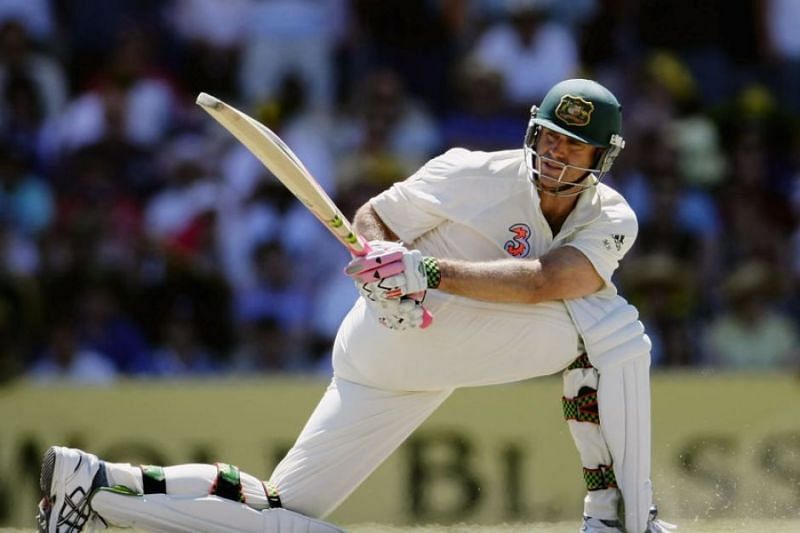
Without any discussion, the first name on any Australian Test XI picked between 1990 and 2020 would be Matthew Hayden. The burly, barrel-chested Queenslander amassed 8625 runs at an impressive average of 50.73 in the 103 Tests he played. He was an aggressive batsman who had an amazing array of strokes. Hayden, when on song, was one of the most destructive batsmen to have played the game.
Hayden made his Test debut in 1994 but became a permanent fixture of the side only in the late nineties. By the time he retired in 2009, he provided Australia with flair and dynamism at the top of the order. His remarkable attributes make him our first opener in this side.
Justin Langer (Western Australia)
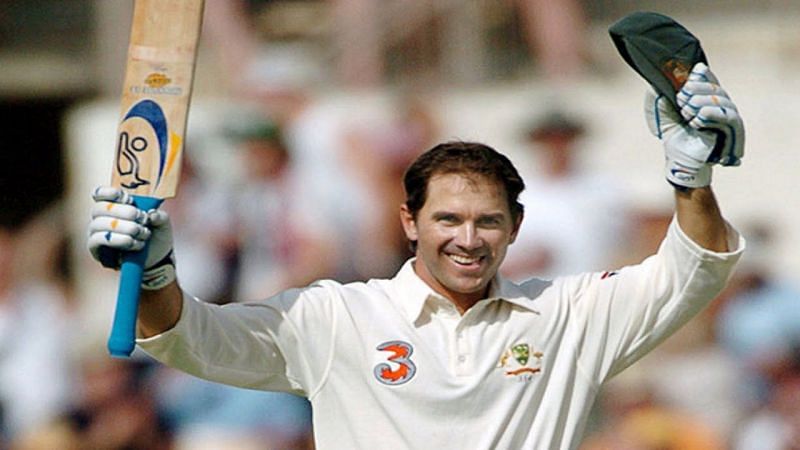
Current Australian coach Justin Langer gets the nod ahead of former captain Mark Taylor as the second opener of this team.
It was a very close contest between the two for the second opener's slot as both have similar numbers. Langer amassed 7696 runs in 105 Tests while Taylor compiled 7525 in 104 Tests. But it is the former's slightly better average of 45.27 to the latter's 43.49 that tipped the balance in his favour. Langer's sheer doggedness and willingness to put a prize tag on his wicket worked in his favour although Taylor wasn't exactly lacking in that front either.
In a career spanning 15 years from 1993 to 2008, the Western Australian is most remembered for his famed opening partnerships with Hayden. The duo was an important cog in a world-dominating Australian side during the late nineties and early 2000s. Langer provides solidity to our 1990 to 2020 Australian side by allowing Hayden to express himself.
Top Order (3-4)
Ricky Ponting (Tasmania)
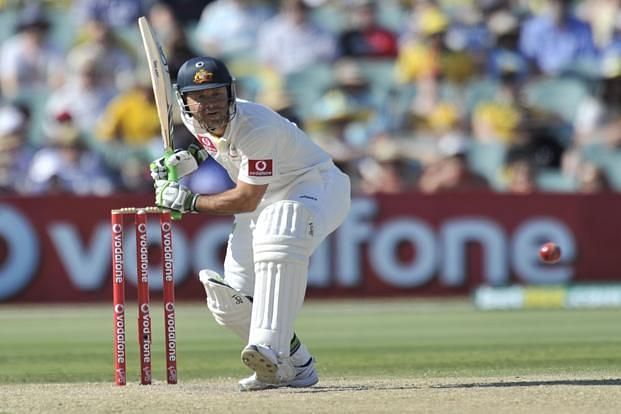
Former Tasmania and Australia captain Ricky Ponting (13378 runs in 168 Tests, at an average of 51) needs no introduction. He is only behind Sachin Tendulkar (15921 runs) in the all-time list of run-scorers in Test history. The Tasmanian, along with India's Rahul Dravid, was one of the best Test no. 3s in the world during the late 90s and early 2000s.
Ponting was by no means a conventional number three batsman. The right-hander often chose to counter-attack and take the attack to the opposition while seldom going overboard. The Tasmanian was a brilliant puller of the ball. His hook shots, along with his sweetly timed cover drives were also what endeared him most to Australia's adoring cricket-loving public.
A fourth-innings colossus, Ponting is one of 5 batsman with over 1000 fourth-innings runs, to average over 50. The Tasmanian's 4 fourth-innings hundreds are only one behind that of Younis Khan (5).
The captain of two World Cup-winning Australian teams in one day cricket, Ponting's captaincy record in Test cricket is anything but unimpressive. His 48 wins (from 77 Tests) is the most by any captain in Test history, behind Graeme Smith (53). However, the Tasmanian is overlooked for captaincy duties of this side, for reasons we'll discuss later in the piece.
Steven Smith (New South Wales)

Steve Smith is the only player of the current Australian Test team who finds a place in this side. With 7227 runs at an other-worldly average of 62.84 in 73 Tests, Smith is one of the best batsmen in the world at the moment.
An unorthodox player, Smith's 'complicated' batting technique has torn coaching manuals to shreds. Despite a year's absence due to a ball-tampering scandal, Smith's appetite for scoring runs remains undiminished. It was exemplified by his terrific form in the 2019 Ashes where he struck 4 centuries, one of them being a double.
Smith is invaluable to this side and would bat at his preferred no. 4 slot. The case for Mark Waugh may be argued for this slot but Smith's phenomenal record tips the scale in the latter's favour.
The Middle Order (5-6)
Michael Clarke (New South Wales)
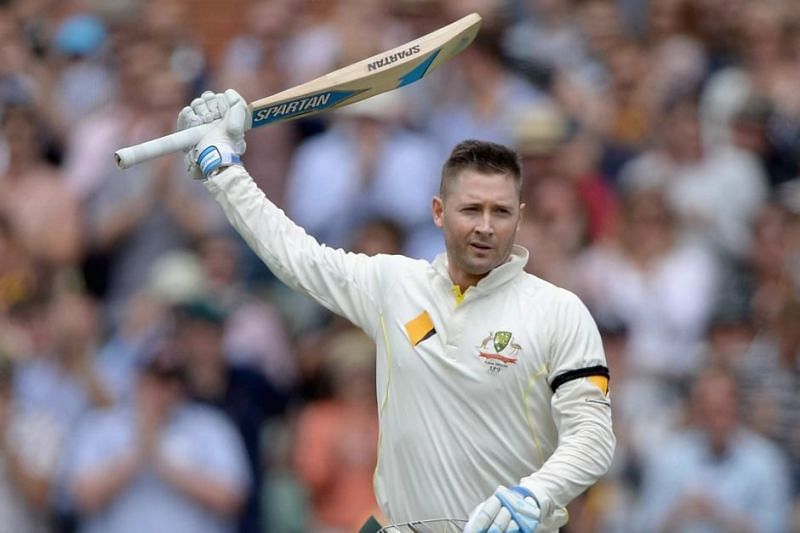
Former Australian captain Michael Clarke bats at number five in this team.
Clarke announced his arrival on the international scene with a hundred against India on his Test debut in Bengaluru in 2004. The New South Wales-born player hasn't looked back since. The 'Pup', as he was affectionately called, retired in 2015 with 8643 runs in 115 matches at a healthy average of 49.1.
Being a good player of spin, India was one of Clarke's favourite opposition. Perhaps not surprisingly, his highest Test score of 329* came against India at the Sydney Cricket Ground in the 2011/12 series. It was a series which Australia won 4-0 under his leadership. Despite his decent captaincy record (24 wins in 47 Tests) Clake, like Ponting, has been overlooked for that role in this side.
Steve Waugh (New South Wales)- Captain
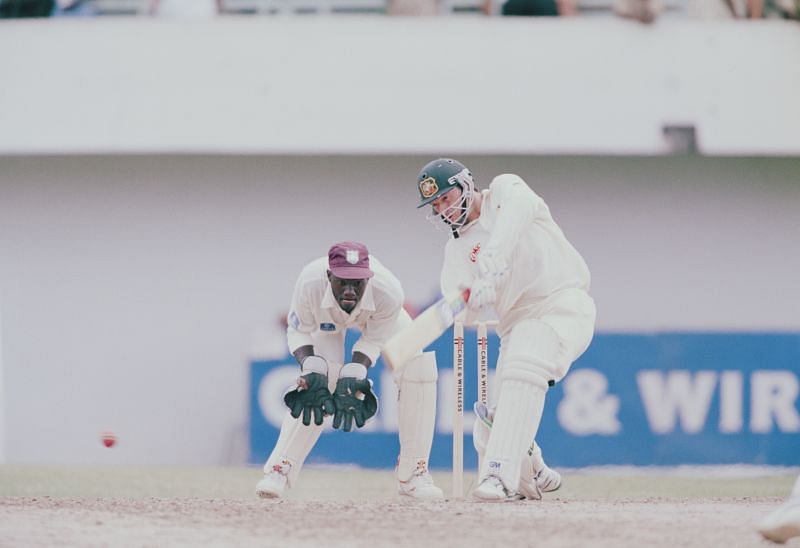
Another former Australia captain, Steve Waugh, finds a place in this side and it will be him who will lead the side.
Waugh made his Test debut as a 20-year-old in 1985 and had a career spanning nearly as many years before retiring in 2004. In the 168 Tests he played, he scored 10927 runs at an average of 51.26, with 32 centuries against his name.
Waugh put a high price on his wicket and was someone who could blunt opposition bowlers for hours and hours. Although not the most graceful batsman to watch, Waugh's grit, determination, and stomach for a fight set him apart from the rest.
One of the toughest cricketers to have played the game, Waugh was also one of the greatest captains Australia has ever had. With 41 wins in 57 Tests he led his country, Waugh had a win % of over 70 (71.9%). It is almost 10 percentage points better than any captain (Ponting-62.3%) who has led his team in at least 25 Tests.
Waugh, who valued integrity over anything else, instilled the belief of playing hard but fair among his teammates. Thus 'Tugga' is chosen to the captain of this side.
Wicket-keeper (7)
Adam Gilchrist (New South Wales, Western Australia)

We don't think anybody will even bat an eyelid to see Adam Gilchrist's name as the wicket-keeper of this team.
Ian Healy, despite being the better technically-equipped wicket-keeper among the two, misses out to Gilchrist due to certain compelling reasons. The modern day game lays more emphasis on a wicket-keeper batsman and not a pure wicket-keeper.
Healy, however, was no mug with the bat, as his 4356 Test runs with 4 hundreds would suggest. But Gilchrist was the embodiment of a new era. The manifestation of a new age wicketkeeper, Gilchrist pulled his weight in the side as a more than decent batsman.
Gilchrist scored 5570 runs at an average of 47 in the 96 Tests he played in. The New South Welshman, who also scored 26 half-centuries, has the most centuries (17) by any wicket-keeper in Test history.
His wicket-keeping was spectacular as well. Images of Gilchrist diving around and taking spectacular catches inches from the ground are etched in the memories of cricket fans. Although Healy played the better part of his career 'keeping to Shane Warne at his peak, Gilchrist too had a fair go at this challenge. The left-handed wicket-keeper batsman's 416 Test dismissals (379 catches and 37 stumpings) are only behind Mark Boucher's tally of 555.
Although not the purist that Healy was, Gilchrist earns his place in this side on the back of his superior record. He was also Australia's captain when they won their first Test series in India in 35 years in 2004.
Spinner (8)
Shane Warne (Victoria)

Shane Warne was the greatest of them all, the magician who made a cricket ball dance, swerve and sing at his tune. One of the finest wrist-spinners to have played the game, Warne comes in at number eight in this team.
Merely speaking about the numbers of Warne would not do him justice. But for the statistically inclined, we must get them out of the way. With a staggering tally of 708 wickets in 145 Tests, Warne has the most wickets in Test history behind Mutthaiah Muralidharan (800).
A colourful character who made as many headlines on the field as off it, Warne was also a very decent batsman. Warne scored 12 half-centuries and had a Test-best score of 99. It is the most runs in Test history by any player not to have scored a hundred.
Warne has, many a time, taken Australia out of trouble and has scored useful runs lower than the batting order.
Fast Bowlers (9-11)
Brett Lee (New South Wales)
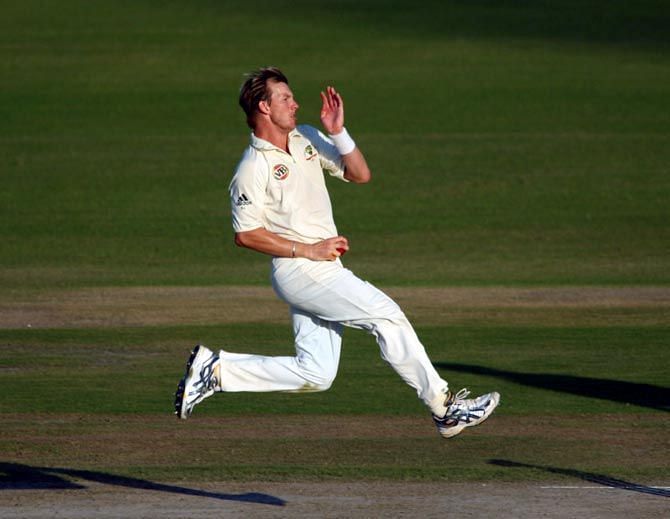
One of the first bowlers in the world to trouble batsman with sheer pace, Brett Lee was an Australian fast-bowling great.
Known for his flashy smile and calm demeanour, the New South Wales quick scalped 310 Test wickets in 76 matches. Lee was one of captain Ponting's greatest weapons, forming a potent opening bowling partnership with Glenn McGrath.
Despite suffering from an array of injuries, Lee managed to eke out a 9-year Test playing career. It is a testament to his hard work and never-say-due attitude. In this side, Lee will take the new ball.
The New South Welshman, who had 10 five-wicket hauls, also has 5 Test half-centuries against his name.
Mitchell Johnson (Queensland, Western Australia)
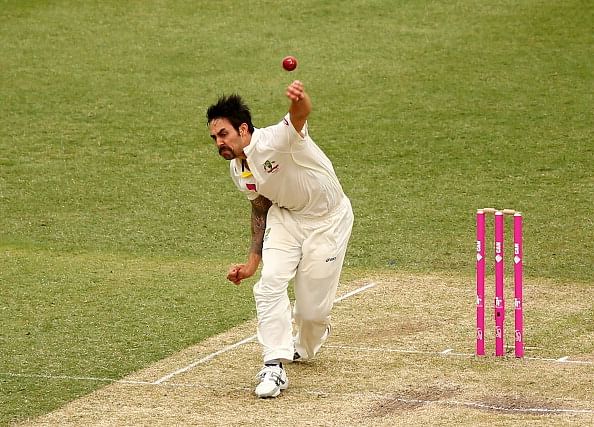
Mitchell Johnson finds a place in this side over Jason Gillespie. It is because of the variety the left-arm quick brings in to the bowling attack and for possessing a superior overall record.
In a 8-year Test career, Johnson took 313 wickets in 73 Tests before retiring in 2015. The tearaway quick with a slingy action will forever be remembered for Australia's 5-0 Ashes whitewash in 2013-14. He ended that series with 37 scalps against his name. That particular series has thereafter often been referred to, albeit unofficially, as 'Johnson's Ashes.'
Winner of the Allan Border medal that season, Johnson will come in first change in this side. It is a testament of his ability to swing the ball both ways as well as doing wonders when the ball reverses. Johnson's razor-sharp bouncers were deadly too, as a certain Jonathan Trott would have little qualms in testifying.
Glenn McGrath (New South Wales)

Perhaps the greatest fast bowler of his time, it is little surprise that Glenn McGrath finds a place in this team. Known for his no-nonsensical approach to bowling, 'Pidgeon', as he was fondly called, played to his strengths.
McGrath was renowned for his stifling accuracy and ability to bowl at one area for hours together. He did not give away too many loose balls which made scoring against him particularly difficult.
The New South Welshman's 563 wickets in 124 Tests, are the fifth-best by any player in the format and the most by a fast bowler. One of only 3 fast bowlers to scalp over 500 Test wickets, McGrath's contribution to the Australian cause can never be in doubt.
The lanky paceman is one of only two players, the other being Muralidharan, to score over 600 Test runs at no. 11.